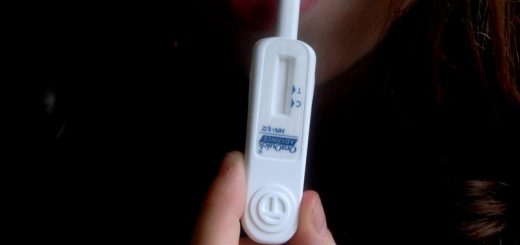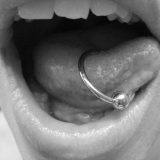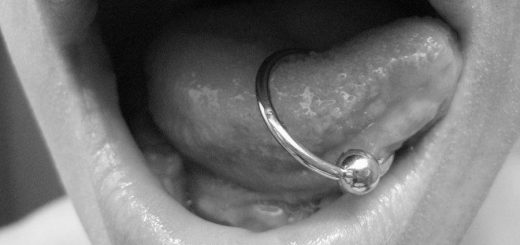How Much Does Angiography Cost
Before this article discusses the angiography cost, angiograpy, otherwise known as arteriography, is simply a medical examination of arteries, veins, blood and lymph vessels flowing on the arms, back, head, legs and other parts of the body through the different X-ray techniques. The physical images of the blood vessels are called angiogram. It is usually performed after a patient has been injected with a radio-opaque substance into the body system’s blood vessels.
Angiography cost for every Body Part
It has several uses that include the visualizations of coronary arteries, tiny blood vessels, arteries and veins in the brain as well as identification of leg vessels in people who usually get cramps.  With its various purposes, the angiogram cost ranges from $5,000 to $100,000, depending on the body part needing the examination and the medical facility where the angiography will be conducted.
With its various purposes, the angiogram cost ranges from $5,000 to $100,000, depending on the body part needing the examination and the medical facility where the angiography will be conducted.
Generally, the angiography test cost for the arms, chest, head and chest is less than the angiography cost conducted on the patient’s abdomen, kidney or spine. Even the examinations for the blood vessels are also costly.
Here are the national minimal, average and maximum costs of angiography as presented by New Choice Health.
- Abdominal Angiography
The fair price of abdominal angiography is $650. However, the price ranges from $450 to $1,200. Apparently, this examination is only available in the city of Madisonville in Kentucky.
- Adrenal Gland Angiography
The adrenal gland is responsible for the production of hormones like adrenaline, aldosterone and cortisol. This examination is available across the U.S. The national minimum price is $340 while the maximum cost is around $47,000. The national average angiography test cost $4,800.
- Arm Angiography
This is also available all over the U.S., having a national average angiogram cost of $4,000. Meanwhile, the national minimum and maximum prices are $340 and $16,400, respectively.
- Chest Angiography
The national average price for the chest angiography is $5,000. The national minimum price is $725 while the most expensive price is $18,000.
- Head and Neck Angiography
If you need to undergo a head and neck angiography, then the national average angiography cost for these two body parts is $18,600. If you are on a tight budget, then the national minimum price is $1,800 while the national maximum price is $36,500. You just need to look for the medical facilities within Denver, a city in Colorado State.
- Kidney Angiography
For this type of angiography, the national average angiography test cost is $19,800. The least and most expensive prices at the national level are $1,800 and $41,700, respectively.
- Spine Angiography
This is one of the most expensive types of angiography. The national average cost is $18,800. The least cost is around $1,750. The most expensive cost, on the other hand, is around $33, 700.
- Blood Vessel Angiography
Apparently, this is the most expensive type of X-ray examination. The national minimum and maximum costs for a blood angiography are $1,450 and $63,700, respectively. Moreover, the national average angiogram cost is $33,600.
Preparations Before Angiography
If you need to have an angiogram, here are the things you need to prepare before you get to the medical facility where the examination is going to take place.
- Tell the doctor if you are carrying a baby or had just given birth. As much as possible, provide formulated milk for your child for one to two days if you breastfeed your baby.
- Starting at 12 midnight, which is on the day of your angiography test, do not drink and eat anything. Typically, the tests are performed in the morning. But if you have the test in the afternoon, then make sure you do not consume anything within four to eight hours before the procedure is conducted.
- Seek your doctor’s advice if you can take your medical maintenance in the morning.
- If you have a case or history of asthma, bleeding or kidney problems, then make sure to tell your doctor.
- As much as possible, place your medications inside their original containers when you go to the hospital. Doing this before the test will remind you to tell your doctor about the specific medications you are currently taking or that may trigger your allergies. In relation to this, tell your doctor if your allergies will surface due to iodine or shellfish. The dye contains iodine and other chemicals that may cause allergic reactions similar to the occurrence when eating shellfish.
- Someone may take your blood before the procedure begins.
- You will be asked to take off your jewelries and remove your contact lenses as well as hair clips.
- Make sure you urinate since the test may take several hours to finish.
Basic Procedures of Angiography
Of course, people who have undergone such angiography procedures already know what to do before the medical examination is performed. But for the sake of those who do not know or who are about to have angiography for the first time, here are the things you need to know about the test.
*The patient is asked to lie down and relaxed on an X-ray table. He or she will be injected with an intravenous or IV so that supplemental fluids can enter the body system. Sometimes, the patients are given sedatives to keep him or her calm and electrodes to monitor the patient’s heart.
*Normally, a medical device called catheter is inserted into one of the veins near the elbow. Then, it is pushed further up to get into the blood vessels, going to the area where the examination is needed. After such procedure, the physician will inject a contrast dye, then X-rays or angiograms are taken from several angles.
*While the angiography is going on, doctors may administer treatments like removing the blood vessel’s blockage or stopping the bleeding within the body system if they are necessary to keep the patients fine.
*Whether the patient is an inpatient or outpatient, the whole procedure of angiography is completed within one to three hours. If immediately stabilize, the patient can go home after the examination. However, there are cases when the patient has to stay longer in the hospital for further checkup or examinations.












